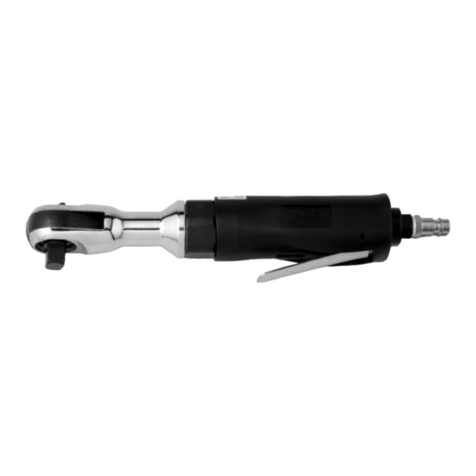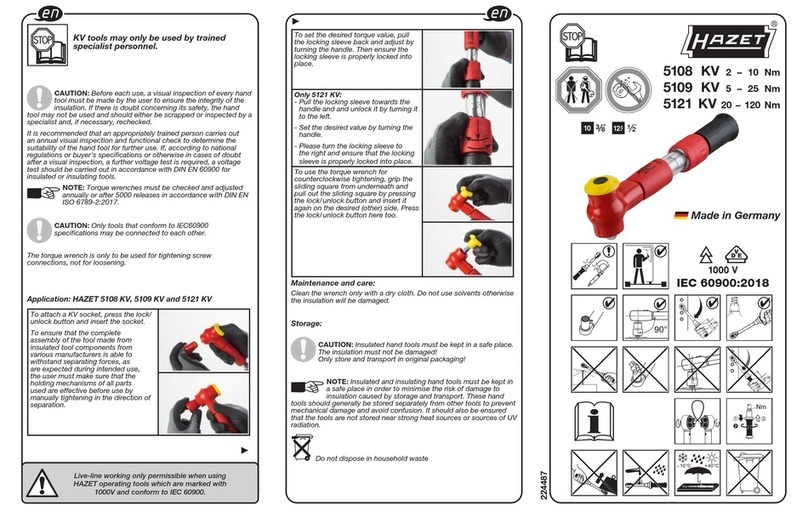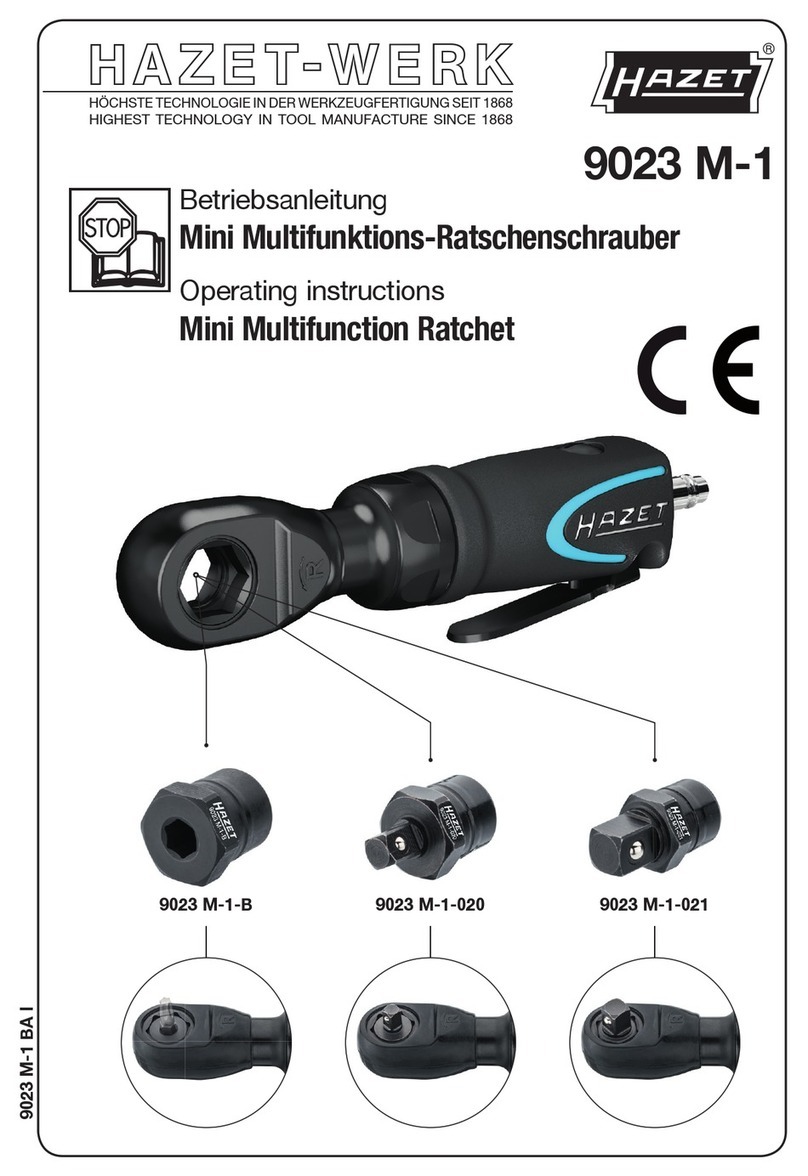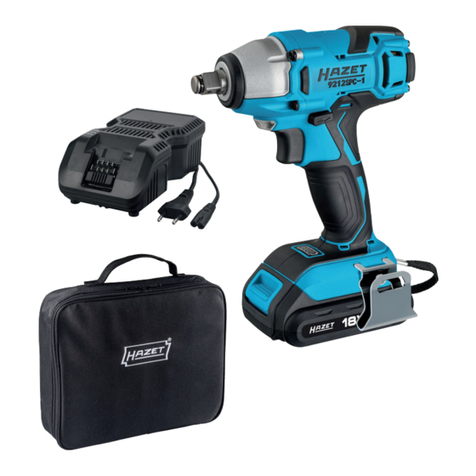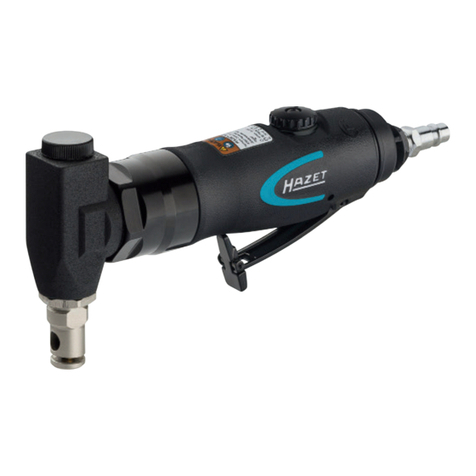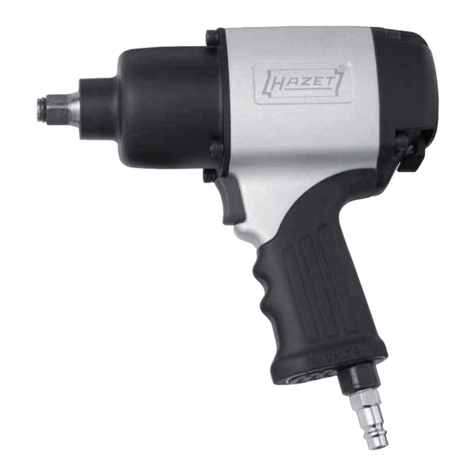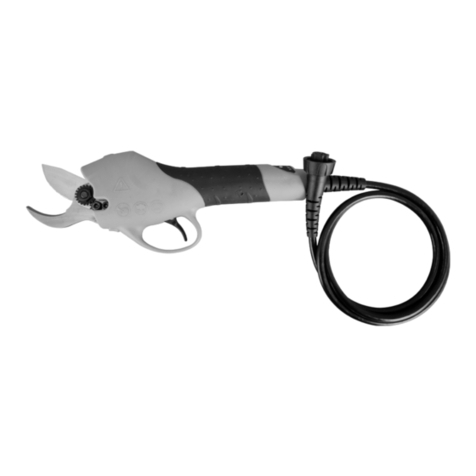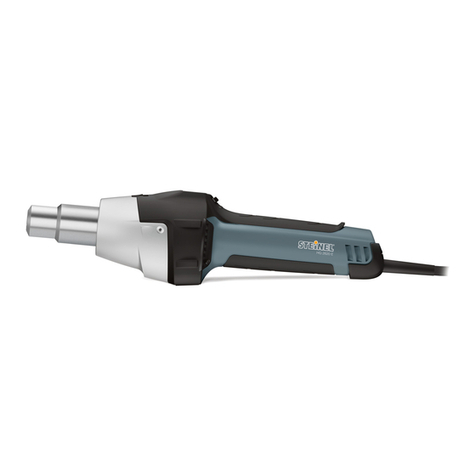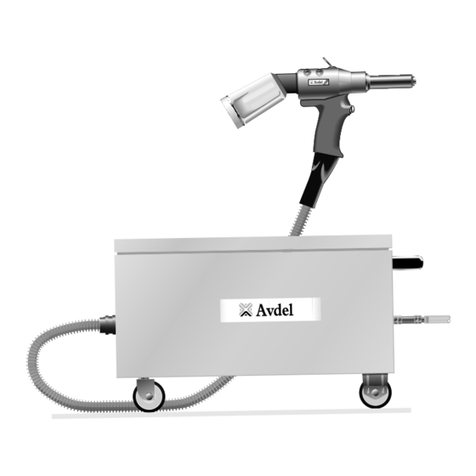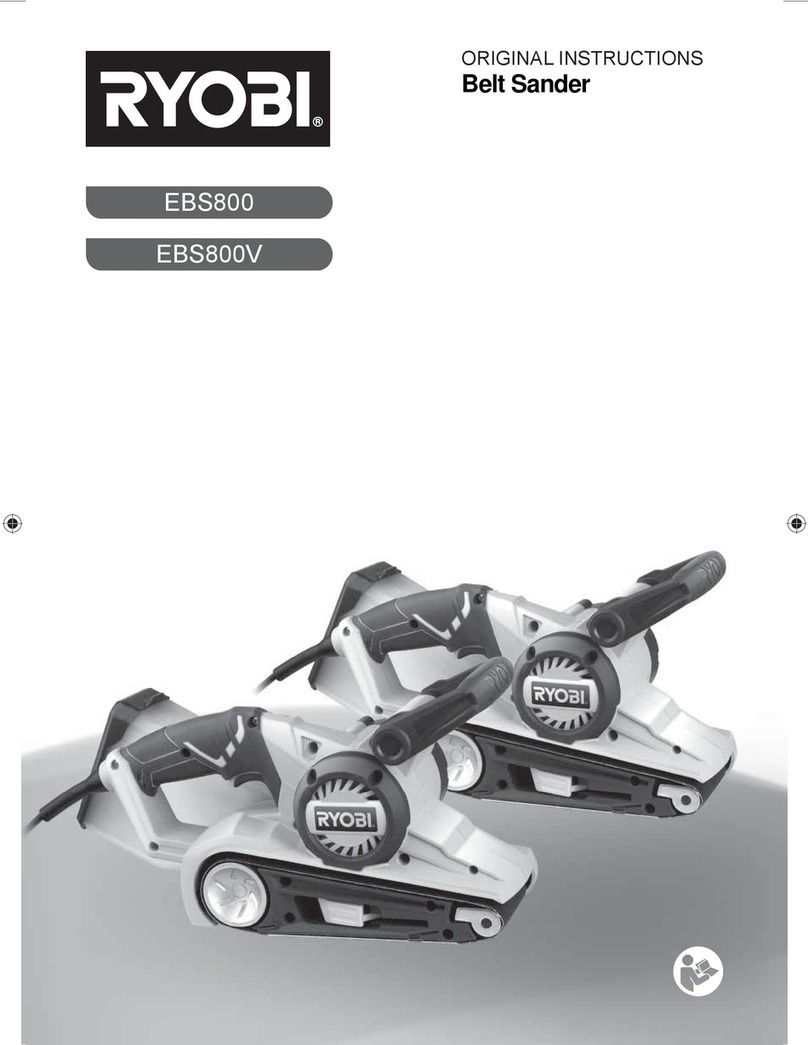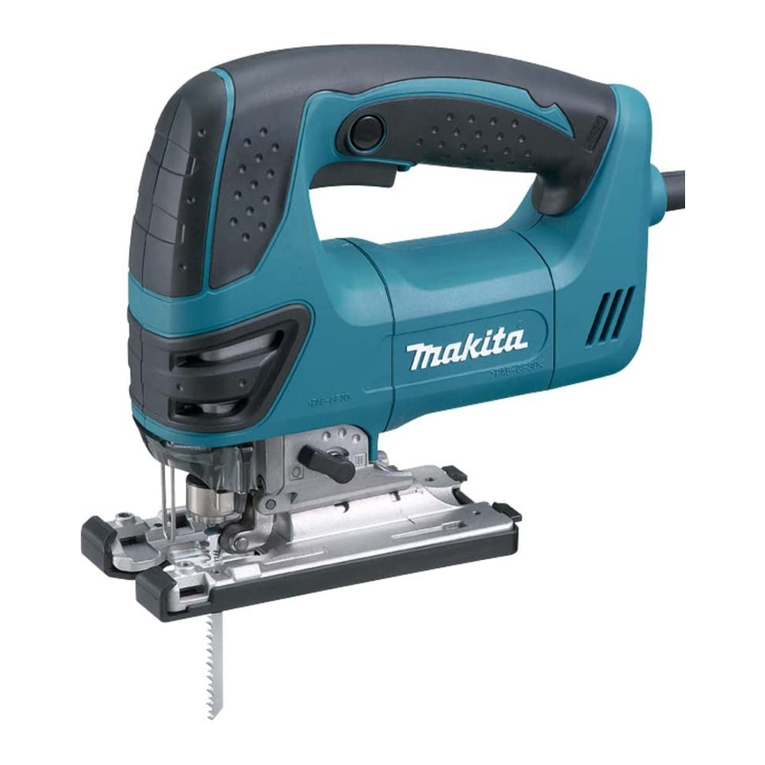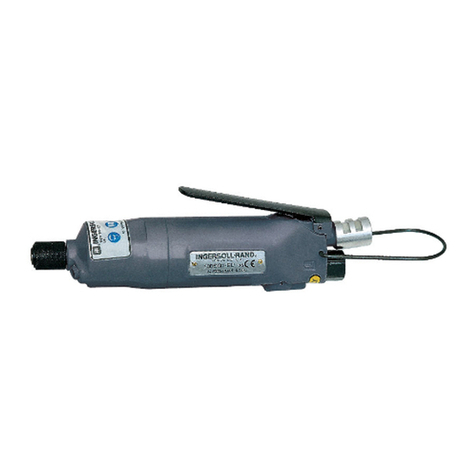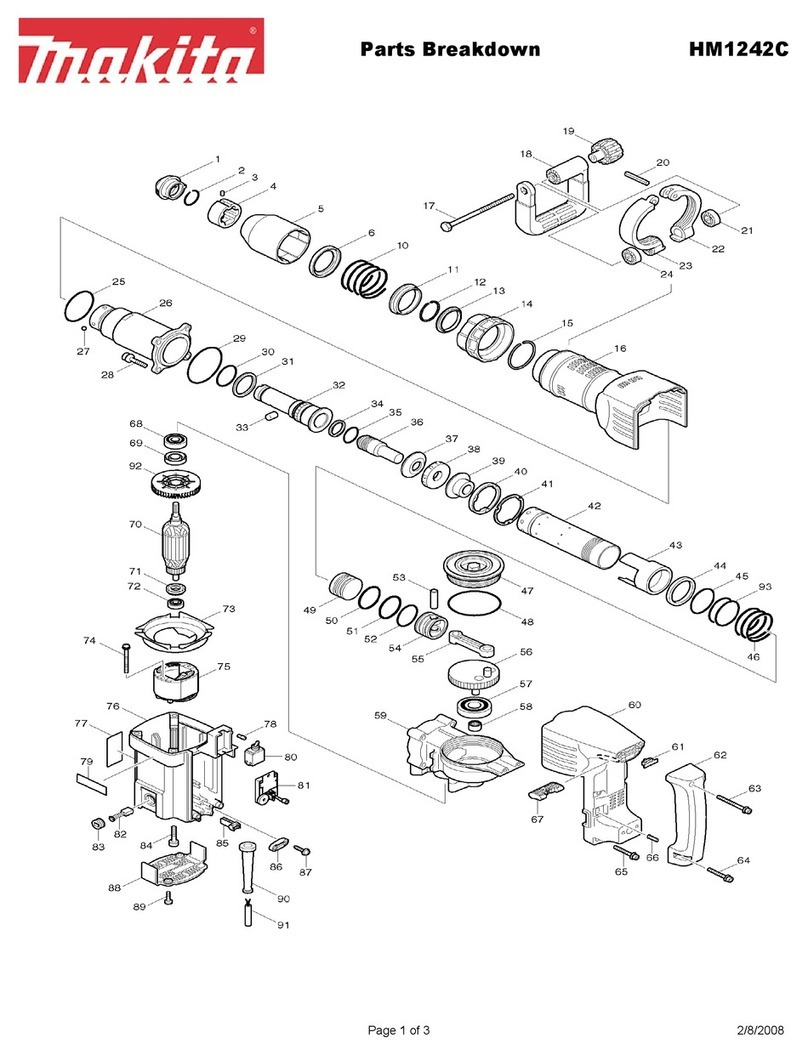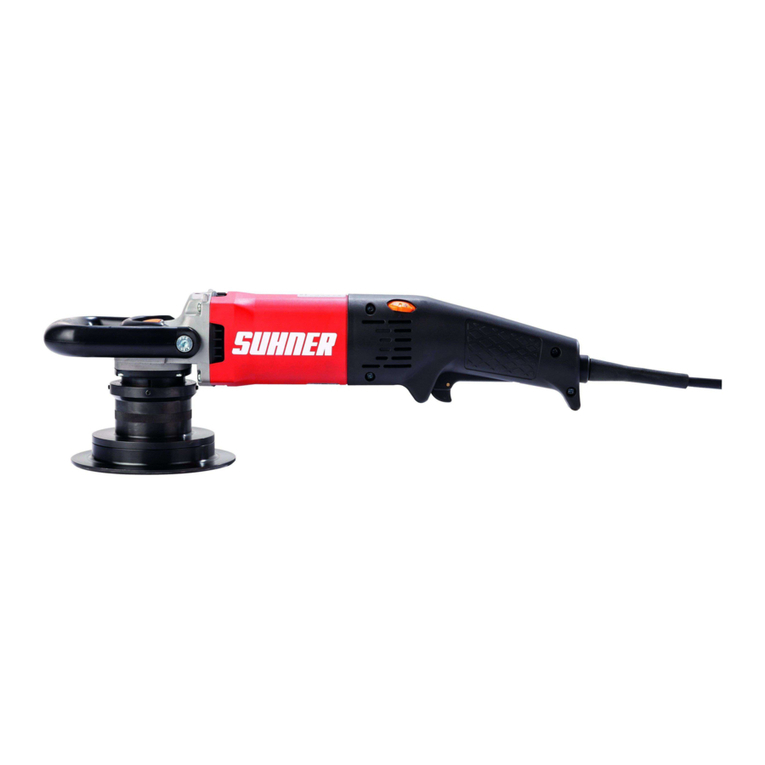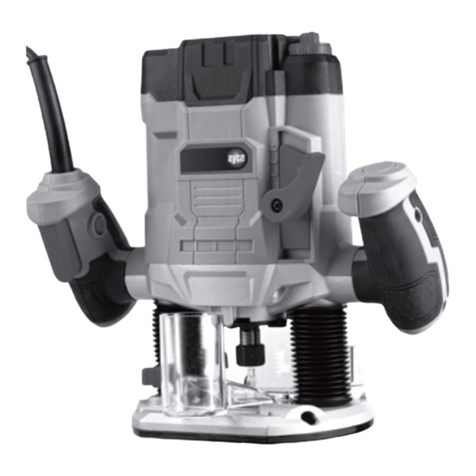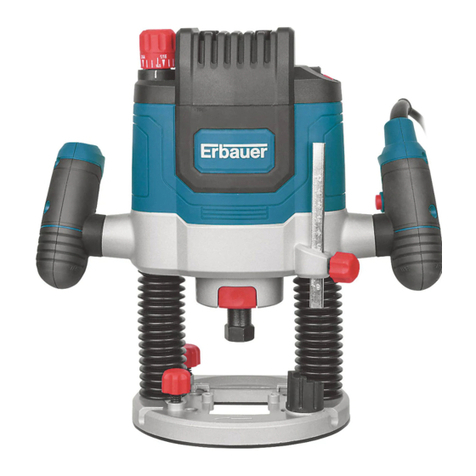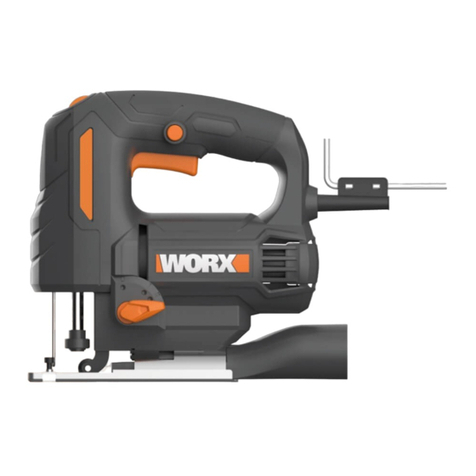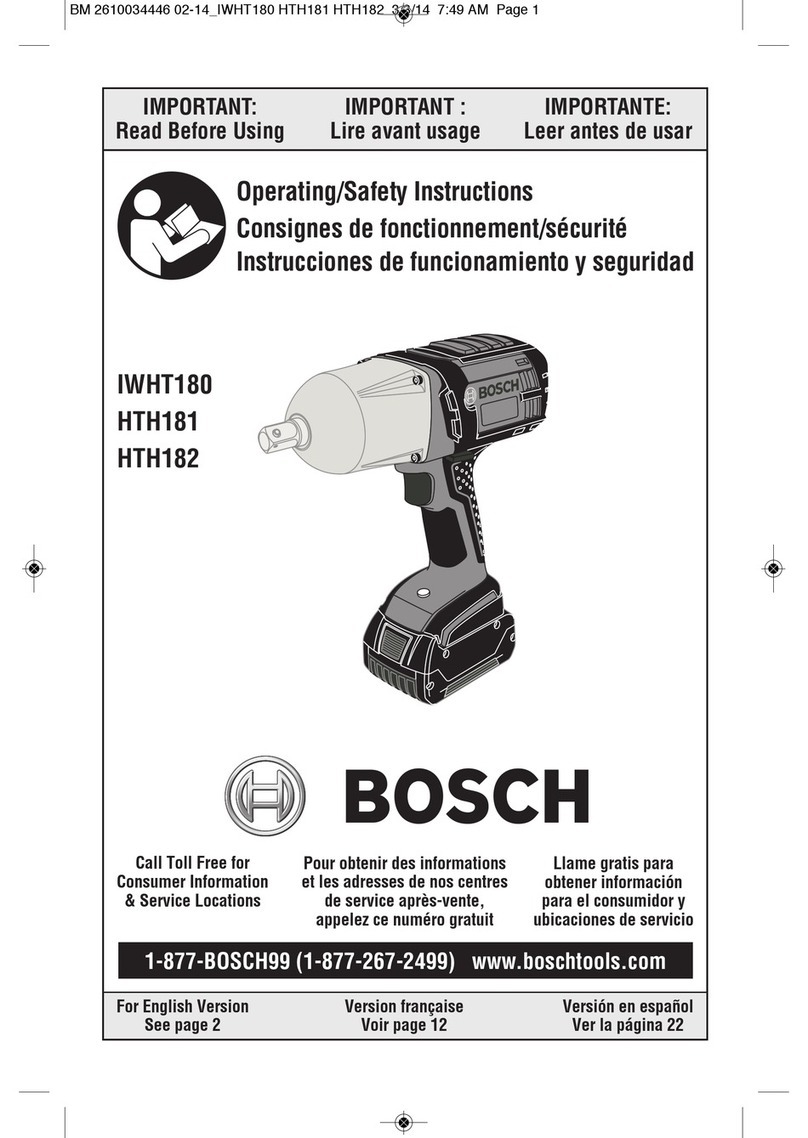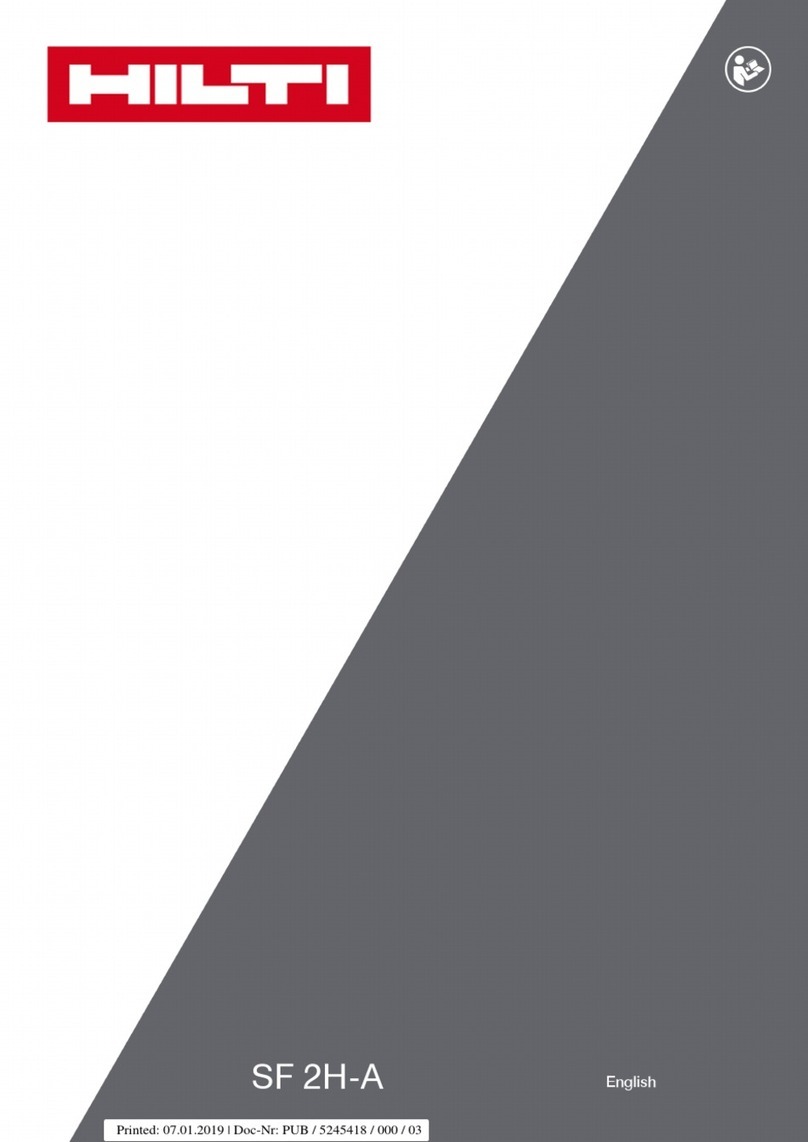Hazet 2191/12 K User manual

2
3. Ersatzteile
• Aus Sicherheitsgründen dürfen nur Original-
Ersatzteile von HAZET verwendet werden.
• Falsche oder fehlerhafte Ersatzteile können zu Beschädi-
gungen, Fehlfunktionen oder Totalausfall des Werkzeuges
führen.
• Bei Verwendung nicht freigegebener Ersatzteile erlö-
schen sämtliche Garantie-, Service-, Schadensersatz- und
Haftpflichtansprüche gegen den Hersteller oder seine Beauf-
tragten, Händler und Vertreter.
4. Entsorgung
• Zur Aussonderung, reinigen und unter Beachtung geltender
Arbeits- und Umweltschutzvorschriften zerlegen.
• Bestandteile der Wiederverwertung zuführen.
5. Bestimmungsgemäße Verwendung
• Für Metall-Rohre und Leitungen ?4,75 – 10 mm mit
0,7 – 1,0 mm Wandstärke.
• Zur Herstellung von offenen (F) oder doppelten (E) Bördeln
nach DIN 74234 bzw. SAE, normalen 90°- und 180°-Bördeln.
• Für Bördel an gezogenen und gerollten Rohren.
6. Lieferumfang
12teilig im Metallkasten
7. Geräteelemente
Klein-Rohrabschneider HAZET 2181-1
2
Grundgerät HAZET 2191
Spannbacke HAZET 2191-1
4
Rohr-Fräser HAZET 2191-2
5
Vorgabestück HAZET 2191-3
6
Druckstück HAZET 2191-4 ?4,75 mm
7
Druckstück HAZET 2191-5 5 mm
8
Druckstück HAZET 2191-6 6 mm
9
Druckstück HAZET 2191-8 8 mm
0
Druckstück HAZET 2191-9 9 mm
q
Druckstück HAZET 2191-10 10 mm
w
90°-Druckstück HAZET 2191-90
8. Technische Daten
• Mit auswechselbarer, scharnierter Spannbacke aus
Spezialstahl.
• Grundgerät aus Spezialguss, Oberfläche lackiert.
Bedienungsanleitung
Doppel-Bördelgerät
mit mehrfachen Anwendemöglichkeiten
mit auswechselbarer, scharnierter Spannbacke
223113
2191/12 K
Sehr geehrter Kunde,
Sie haben eine gute Wahl getroffen. Sie halten ein HAZET
Qualitäts-Produkt in den Händen, das Ihren Arbeitsablauf
optimieren wird
1. Zu Ihrer Sicherheit
Vor Inbetriebnahme ist der Anwendungs-
hinweis zu lesen und zu beachten.
Zum bestimmungsgemäßen Gebrauch des Werkzeuges gehört
die vollständige Beachtung aller Sicherheitshinweise und Infor-
mationen
Für Verletzungen und Schäden, die aus unsachgemäßer und
zweckentfremdeter Anwendung bzw. Zuwiderhandlung gegen
die Sicherheitsvorschriften resultieren, übernimmt HAZET keine
Haftung oder Gewährleistung. Hierfür haftet allein der Betreiber.
Arbeiten an und mit dem Doppel-Bördelgerät dürfen nur von
technisch ausgebildeten Fachkräften durchgeführt werden.
2. Symbolerklärung
ACHTUNG: Schenken Sie diesen Symbolen
höchste Aufmerksamkeit!
BETRIEBSANLEITUNG LESEN!
Der Betreiber ist verpflichtet den Anwendungshinweis und
die Sicherheitsvorschriften zu beachten und alle Anwender
des Werkzeugs gemäß dieser zu unterweisen.
HINWEIS!
Dieses Symbol kennzeichnet Hinweise, die Ihnen die
Handhabung erleichtern.
WARNUNG!
Dieses Symbol kennzeichnet wichtige Beschreibungen,
gefährliche Bedingungen, Sicherheitsgefahren und
Sicherheitshinweise.
ACHTUNG!
Dieses Symbol kennzeichnet Hinweise, deren Nicht-
beachtung Beschädigungen, Fehlfunktionen und/oder
den Ausfall des Gerätes zur Folge haben.
45
w6-q

DIN-F-Bördel
Spannen Sie das Grundgerät (2) am Spannstück
in den Schraubstock.
Schieben Sie dann die Spannbacke (3) so in das
Grundgerät (2), dass die Seite mit der Aufschrift
„180°“ (bei älterer Spannbacke lautet die Auf-
schrift „F“) nach oben zeigt.
Öffnen Sie die Spannbacke (3). Das zu bördelnde
Rohr oben einige Millimeter überstehen lassen.
Das Vorgabestück (5) dient nun als Einstellehre.
Das Rohr mit Hilfe des Vorgabestück (5) mit der
Aussparung nach unten bis zur Spannbacke
(3) herunterdrücken. Spannbacke (3) schließen.
9. Anwendung
Vorbedingung für eine dichte Bördel ist die saubere Entgratung und Abschrägung des Innen- und
Außenrandes des abgeschnittenen Rohres. Hierzu dient der Rohrfräser HAZET 2191-2.
Stecken Sie das gleitfähig gemachte und dem
Rohrdurchmesser entsprechende Druckstück auf
das Rohr. Setzen Sie das Vorgabestück (5) mit
der Öffnung nach unten darauf. Dann schieben
Sie die Spannbacke (3) soweit in das Gerät, bis
das Rohrende mit dem Druck- und Vorgabestück
(5) unter der Druckspindel liegt.
Achten Sie darauf, dass die Arretier-Spitze
hörbar in die vorgesehene Ausfräsung der
Spannbacke einrastet.
Achten Sie auf die mittige Positionierung der
Druckspindel über der Bremsleitung.
Drehen Sie die Klemmspindel an.
Drehen Sie die Druckspindel herunter. Durch das
Druck- und Vorgabestück (5) wird Bördel „F“
geformt.
DIN-E-Bördel
• Wie unter 1 - 6 beschrieben herstellen, zur Fertigstellung die
Spannbacke (3) wenden, sodass die Seite mit der Aufschrift
„90°“ (bei älterer Spannbacke lautet die Aufschrift „E“) nach
oben zeigt und Spannbacke (3) wieder einsetzen. Bördel
erneut einspannen und mit dem 90° Druckstück (12) fertig
bearbeiten.
D-Bördel (90°)
• Spannbacke (3) so einsetzen, dass die Seite mit der
Aufschrift „90°“ (bei älterer Spannbacke lautet die Aufschrift
„E“) nach oben zeigt. Wie unter 1 - 6 beschrieben, mit Hilfe
des 90°-Druckstücks (12) herstellen.
180°-Bördel
• Wie D-Bördel (90°) herstellen, zur Fertigstellung die Spann-
backe (3) wenden und einsetzen, sodass die Seite mit der
Aufschrift „180°“ (bei älteren Spannbacken lautet die Auf-
schrift „F“) nach oben zeigt. Bördel erneut einspannen und
mit der Rückseite des Vorgabestückes (5) flach drücken.
SAE-F-Bördel
• Spannbacke (3) so einsetzen, dass die Seite mit der Auf-
schrift 90° (bei älterer Spannbacke lautet die Aufschrift „E“
nach oben zeigt. Wie unter 1 - 6 beschrieben herstellen.
@ ”
£fi^
#
10. Aufbewahrung / Lagerung
Das Gerät ist unter folgenden Bedingungen zu lagern
und aufzubewahren:
• Nicht im Freien aufbewahren.
• Trocken und staubfrei lagern.
• Keinen Flüssigkeiten und aggressiven Substanzen aussetzen.
• Lagertemperatur -10 bis +45°C.
• Relative Luftfeuchtigkeit max. 65%.
11. Pflege und Instandhaltung
• Stöße, Schläge, Herunterfallen und Flüssigkeitskontakt
können die Funktion beeinträchtigen und das Gerät
beschädigen.

2
3. Spare Parts
• Only use the manufacturer’s original spare parts.
• Unsuitable or defective spare parts may cause damage,
malfunction or total failure of the tool.
• The use of unapproved spare parts will void all warranty,
service and liability claims as well as all claims for compen-
sation against the manufacturer or its agents, distributors
and sales representatives.
4. Disposal
• For disposal, clean tool and disassemble it according to the
regulations for work safety and environmental protection.
Components can be recycled.
5. Appropriate Use
• For metal tubes and pipes ?4.75 – 10 mm with a wall thick-
ness of 0.7 – 1.0 mm.
• For manufacturing open (F) or double flares (E) in accordan-
ce with DIN 74234 or SAE, standard 90° and 180° flares.
• For flares on rolled and drawn tubes.
6. Included
12 pieces in sheet steel box
7. Components of the Tool
Tube Cutter HAZET 2181-1
2
Tube Flaring Unit HAZET 2191
Gripping Jaw HAZET 2191-1
4
Pipe Deburring Tool HAZET 2191-2
5
Base Block HAZET 2191-3
6
Thrust Block HAZET 2191-4 ?4.75 mm
7
Thrust Block HAZET 2191-5 5 mm
8
Thrust Block HAZET 2191-6 6 mm
9
Thrust Block HAZET 2191-8 8 mm
0
Thrust Block HAZET 2191-9 9 mm
q
Thrust Block HAZET 2191-10 10 mm
w
90°-Thrust Block HAZET 2191-90
8. Technical Data
• With replaceable hinged gripping jaws made of special steel
• Tube flaring unit made of special casting, surface lacquered
Operating Instructions
Tube Flaring Tool Set
for multiple applications
with replaceable hinged gripping jaws 2191/12 K
Dear Customer,
You have made a good choice. This HAZET tool in front of you
is a high-quality product that will make your work easier.
1. For Your Safety
Before using the Tube Flaring Tool Set, please read this
operating instructions.
For effective use of the tool set as intended, it is essential that
all safety and other information in this operating instructions is
adhered to.
HAZET will not be liable for any injuries to persons or damage
to property originating from improper application, misuse of the
tool or a disregard of the safety instructions.
These injuries are the sole responsibility of the owner.
Work on and with the double tube flaring tool may only be
carried out by technically trained specialists.
2. Explanation of Symbols
ATTENTION : Please pay attention to these symbols!
Read the Operating Instructions!
The owner of this tool is obliged to observe the operating
instructions and should ensure all users of this tool use it
according to the information given in this manual.
NOTICE!
This symbol marks advice which is helpful when using the tool.
CAUTION!
This symbol marks important specifications, dangerous
conditions, safety risks and safety advice.
ATTENTION!
This symbol marks advice which if disregarded results in
damage, malfunction and/or functional failure of the tool.
45
w6-q

223113 Vcb/pdf
DIN F flares
Clamp the basic unit (2) into the vice with the
gripping piece.
Then push the gripping jaw (3) into the basic unit
(2) so that the side with the inscription „180°“ (on
older gripping jaws the inscription is „F“) faces
upwards.
Open the gripping jaw (3) and allow the tube to
be flared to protrude a few millimetres at the top.
The base block (5) now serves as a setting gau-
ge. Using the base block (5), push the tube down
to the gripping jaw (3) with the recess facing
downwards. Close the gripping jaw (3).
9. Application
Precondition for a tight flare is a clean deburring of the inner and outer tube rims. For this purpose,
use the pipe deburring tool 2191-2.
Plug the pressure piece, which has been made
slippery and corresponds to the tube diameter,
onto the tube. Place the base block (5) on it with
the opening facing downwards. Then push the
gripping jaw (3) into the tool until the tube end
with the thrust block and base block (5) is under
the pressure spindle.
Ensure that the locking point locks audibly
into place in the intended notch of the
gripping jaw.
Make sure that the pressure spindle is positioned
centrally above the brake line.
Turn the clamping spindle.
Turn down the pressure spindle. The thrust block
and base block (5) form the „F“ flare.
DIN E flares
• Prepare as described under 1-6, for completion turn the
gripping jaw (3) so that the side with the inscription „90°“ (on
older gripping jaws the inscription is „E“) faces upwards and
reinsert the gripping jaw (3). Clamp the flare again and finish
machining with the 90° pressure piece (12).
D flares (90°)
• Insert the gripping jaw (3) so that the side with the inscription
„90°“ (on older gripping jaws, the inscription is „E“) faces
upwards. Produce as described under 1 - 6 using the 90°
pressure piece (12).
180° flares
• Produce as D flare (90°), to complete turn and insert the
gripping jaw (3) so that the side with the inscription „180°“
(on older gripping jaws the inscription is „F“) faces upwards.
Clamp the flare again and press it flat with the back of the
base block (5).
SAE F flares
• Insert the gripping jaw (3) so that the side with the inscription
„90°“ (on older gripping jaws, the inscription is „E“) faces
upwards. Produce as described under 1 - 6.
@@””
££fifi^^
##
HAZET-WERK Hermann Zerver GmbH & Co. KG
• }10 04 61 • 42804 Remscheid • GERMANY
;Güldenwerther Bahnhofstraße 25 - 29 • 42857 Remscheid • GERMANY
[+49 (0) 21 91 / 7 92-0 • \+49 (0) 21 91 / 7 92-375 (National) -400 (International) • ^hazet.de • ][email protected]
10. Storage
The tool has be stored according to
the following conditions:
• Keep tool in a dry and dust-free place.
• Do not expose the tool to liquids or aggressive substances.
• Do not store the tool outdoors.
• Keep the tool out of reach of children.
• Storage temperature: -10°C up to +45°C
• Relative air humidity: max. 65%.
11. Maintenance and Cleaning
• Do not let the tool set fall down. Do not expose to impacts
or liquids as they might impair the functional efficiency and
damage the tool set.
Table of contents
Languages:
Other Hazet Power Tools manuals
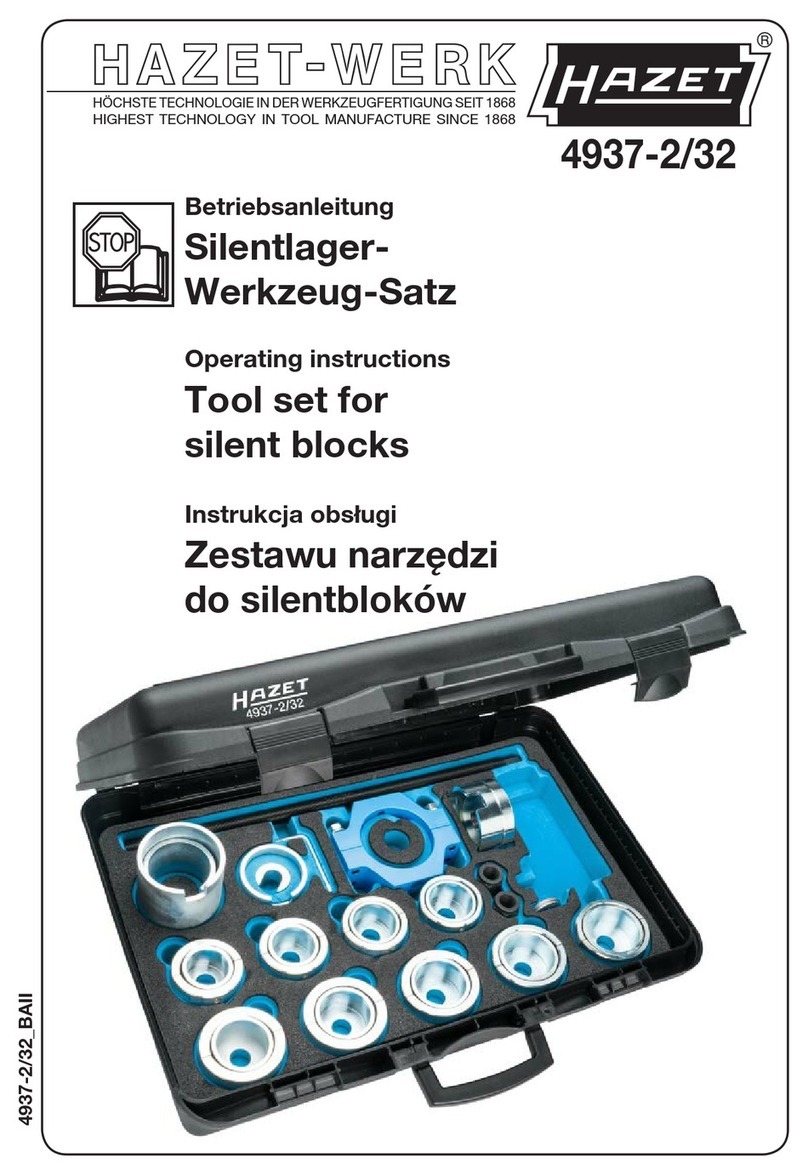
Hazet
Hazet 4937-2/32 User manual
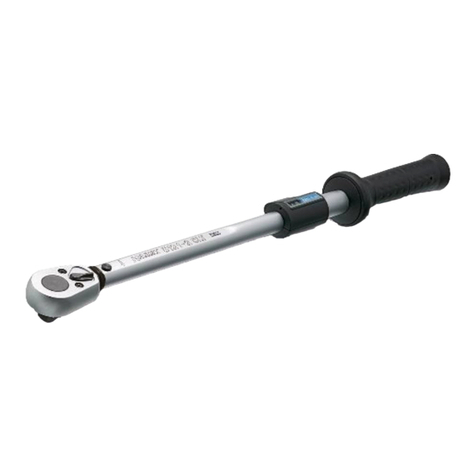
Hazet
Hazet System 5000 CT User manual
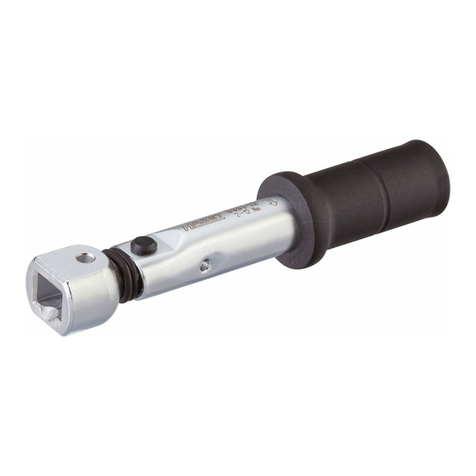
Hazet
Hazet 6391 User manual
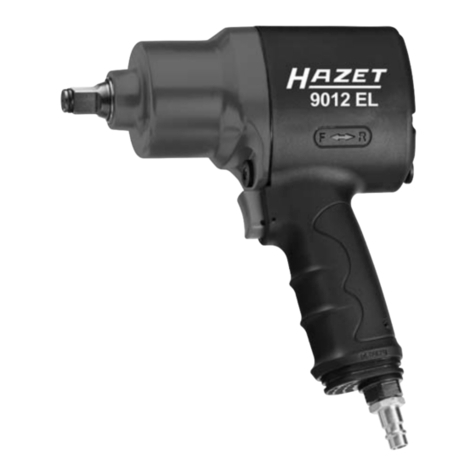
Hazet
Hazet 9012 EL User manual
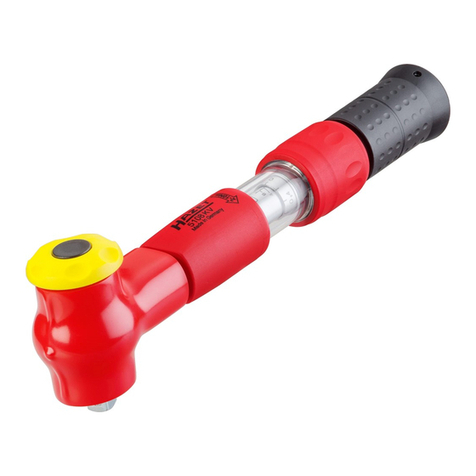
Hazet
Hazet 5108 KV User manual
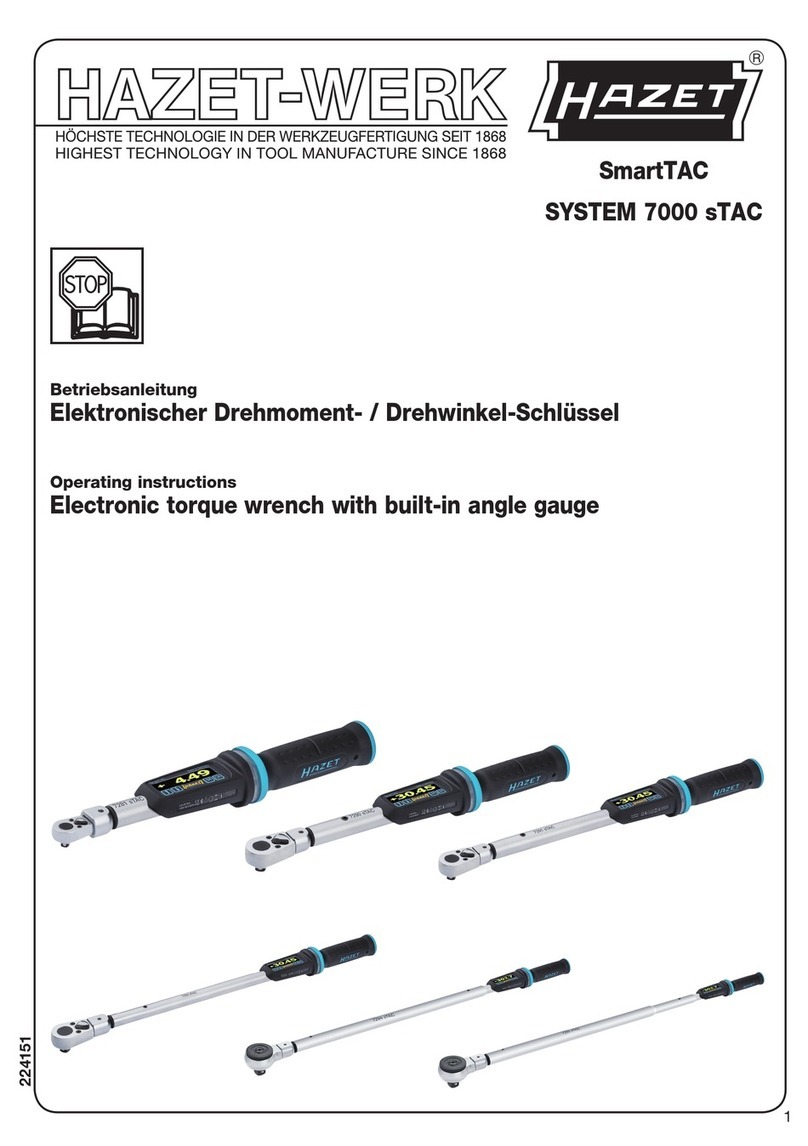
Hazet
Hazet 7280-2sTAC User manual
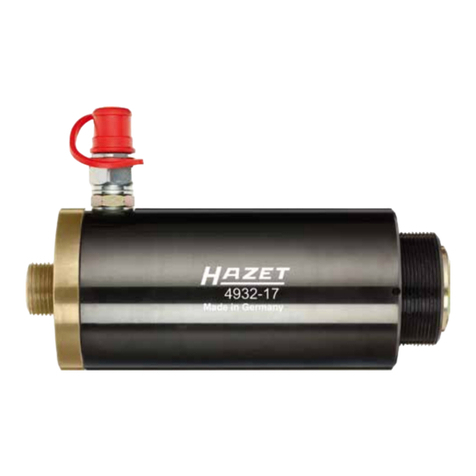
Hazet
Hazet 4932-17 User manual

Hazet
Hazet 9041 G-1 Installation and operating instructions

Hazet
Hazet 9043 N-1 User manual
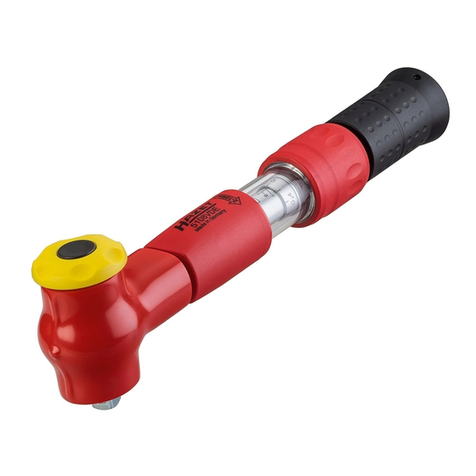
Hazet
Hazet 5108 VDE User manual
